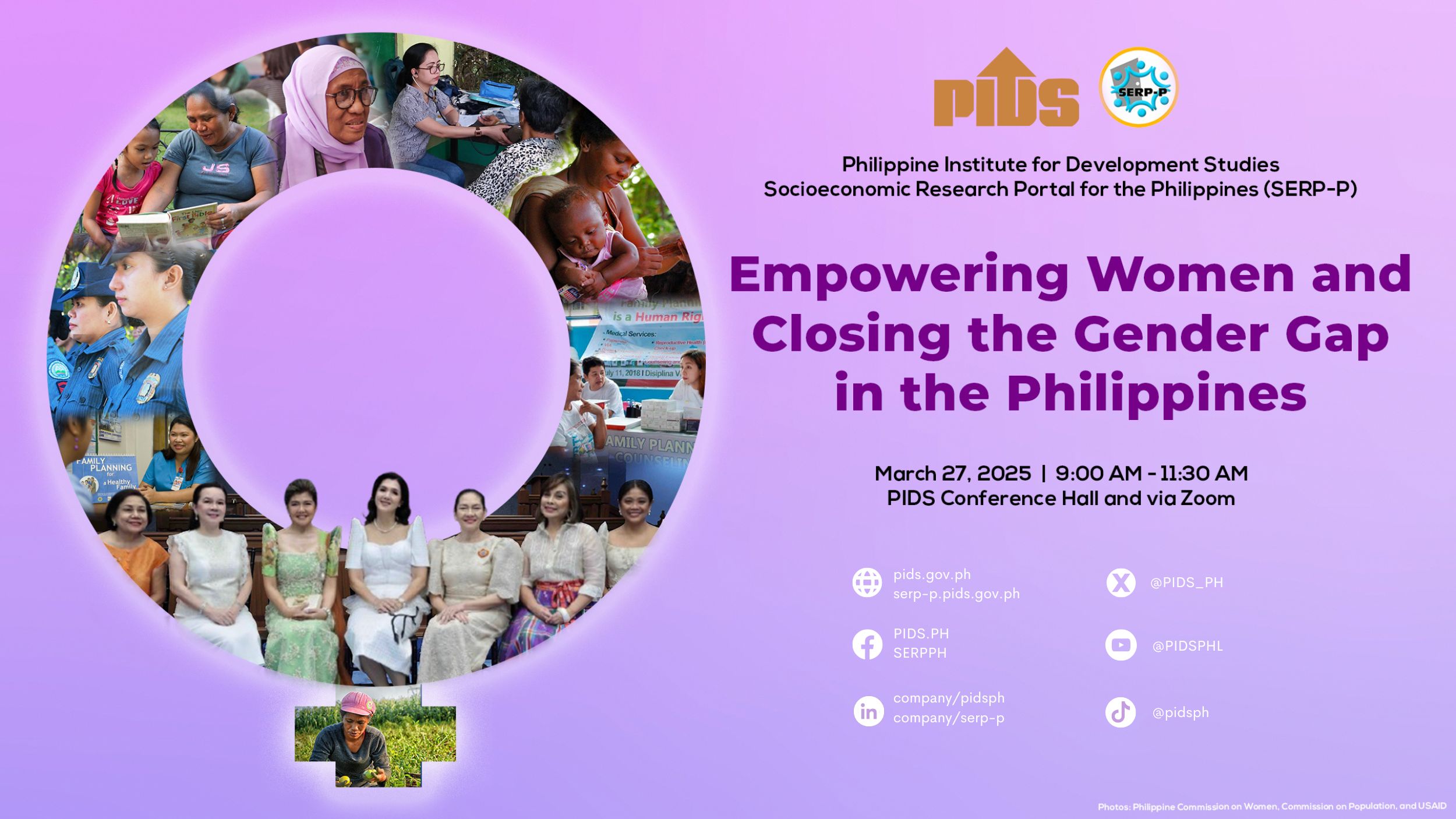Out-of-pocket health costs are more likely higher for the elderly, women, rural and poorer Filipinos, according to a study published by the Philippine Institute for Development Studies (PIDS).
According to the discussion paper titled, Spatiotemporal analysis of health service coverage in the Philippines, out-of-pocket health costs remain a significant expense among households and are “expected to increase for the entire population” in the coming years.
The report said the average support value is 55.83 percent in the Philippines. The support value is equivalent to the percentage of hospital care cost shouldered by the Philippine Health Insurance Corp. (PhilHealth) using 2018-2021 PhilHealth data along with auxiliary datasets from the Department of Health, Philippine Statistics Authority and Washington-based Institute for Health Metrics and Evaluation.
Still, the paper said the percentage varies based on PhilHealth membership type, socioeconomic status, patient accommodation, disease classification, hospital ownership and level and location.
According to the report, PhilHealth members still pay out-of-pocket because the National Health Insurance Program covers only 40 percent or lower hospital costs.
“Effective financial protection in a health system should reduce out-of-pocket patient costs that are not covered by insurance as much as possible,” the report said.
The paper said elderly members, who have less income yet incur the biggest health expenses, got the lowest support value in public and private hospitals. Women also face higher financial risk due to lower income and higher hospital admission rates across all age brackets for “avoidable conditions” that could have been addressed through outpatient and preventive care.
People in provinces where most PhilHealth members are indirect contributors possess higher financial risk because they have less income for health care, the report said.
The study added Filipinos in rural areas are likely to spend more because of the “maldistribution” of primary care facilities and accredited hospitals that do not cover the cost of all services. The report said only 43 percent of Level 1 hospitals, which offer minimum healthcare services, are government-owned.
“Some benefit packages are only available in government-owned hospitals. PhilHealth should endeavor to develop benefit packages responsive to the health needs of different subpopulations and available across hospital levels and ownership,” the report said.












